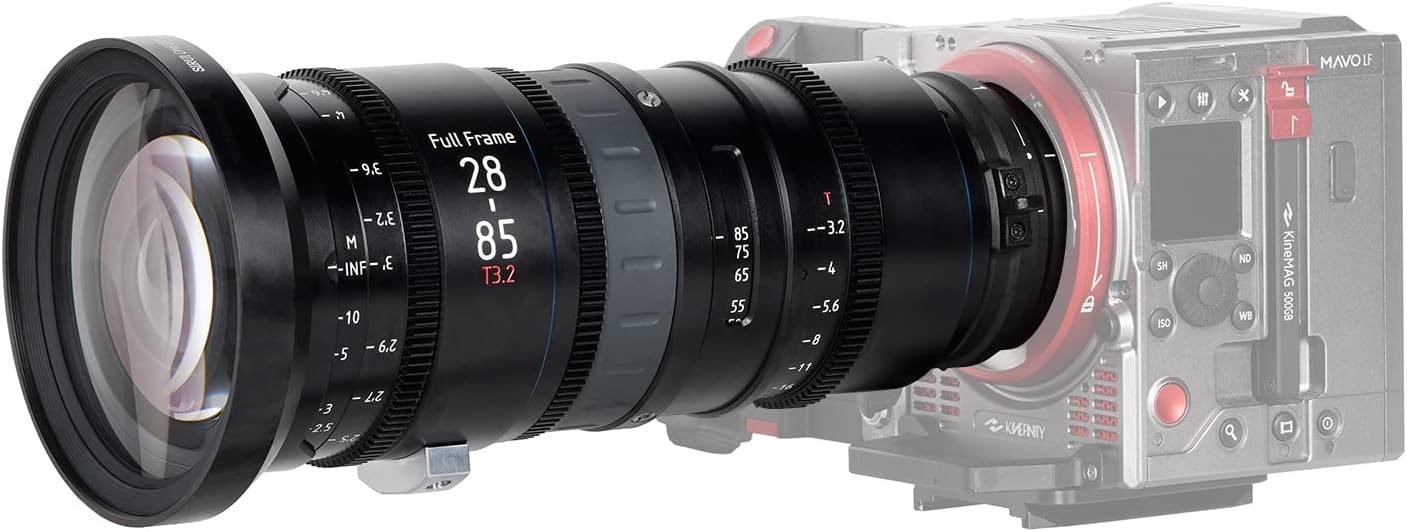A parfocal lens can maintain focus on a subject while the lens’s focal length is changed.
There ya go, no fluff!

Well, here’s some more info…
The word comes from two Latin words: “par,” meaning equal, and “focus,” indicating its primary characteristic of retaining sharp focus throughout zoom adjustments.
Unlike more common varifocal lenses, which require the photographer or videographer to refocus after every zoom adjustment, parfocal lenses are designed to hold the focus constant, offering significant advantages.
This guys voice sort of does my head in, but it’s a decent explanation:
This is a better video that gives examples of how shots stay in focus, and how to properly use a Zoom lens from a artistic point of view.
1. Technical Composition of Parfocal Lenses
- Complex Lens Design: Parfocal lenses are crafted with a complex internal mechanism. This design allows the various lens elements to move synchronously while zooming, ensuring the focus point remains unchanged.
- Precise Engineering: The manufacturing of parfocal lenses requires high precision. Any slight misalignment of lens elements can affect the lens’s parfocality, making them generally more expensive than their varifocal counterparts.
2. Benefits of Parfocal Lenses
- Consistent Focus: The most significant advantage is the ability to keep the subject in focus during zooming, crucial for video recording and wildlife photography where the subject’s distance from the camera may rapidly change.
- Time and Efficiency: They save time and effort during shoots, as the photographer or videographer does not need to refocus after each zoom adjustment.
- Enhanced Image Quality: By maintaining a consistent focus, parfocal lenses help ensure that the image quality remains high and consistent throughout the zoom range.
3. Applications of Parfocal Lenses
- Videography: In video production, parfocal lenses are invaluable. They allow for smooth zooming in or out during a shot without losing focus on the subject, essential for maintaining the professionalism and continuity of the footage.
- Event Photography: Events like weddings or sports where the action is continuous and unpredictable benefit from parfocal lenses. The photographer can quickly zoom in or out to frame a shot without worrying about refocusing.
- Wildlife and Sports Photography: Subjects in motion require a lens that can adapt quickly. A parfocal lens allows the photographer to change the composition of the shot while keeping the moving subject in sharp focus.
4. Considerations When Choosing Parfocal Lenses
- Cost: Due to their complex design and the precision required in manufacturing, parfocal lenses tend to be more expensive.
- Weight and Size: Parfocal lenses can be heavier and larger, a factor to consider based on the shooting conditions and equipment compatibility.
- Limited Availability: Not all lens manufacturers produce parfocal lenses, and they may not be available for all camera types or sensor sizes.
5. Conclusion A parfocal lens represents a blend of optical excellence and engineering precision, designed to meet the needs of professional photographers and videographers who require seamless focus adjustment capabilities. While the investment in a parfocal lens may be significant, the benefits it offers in terms of time, efficiency, and image quality can be invaluable, particularly in dynamic shooting environments where focus consistency is paramount.
Whether you’re a seasoned professional or an enthusiast looking to elevate your photography or videography, understanding the functionality and advantages of a parfocal lens is crucial in making an informed decision about adding this powerful tool to your optical arsenal.
